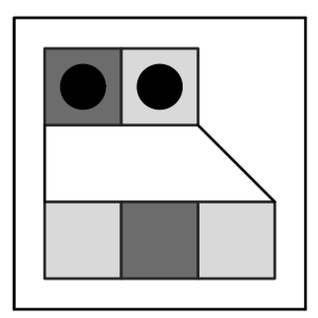The picture below shows an example of a sequential substitution system in which the rule specifies simply that the first sequence of the form BA found at each step should be replaced with the sequence ABA.
The behavior in this case is very simple, with longer and longer strings of the same form being produced at each step. But one can get more complicated behavior if one uses rules that involve more than just one possible replacement. The idea in this case is at each step to scan the string repeatedly, trying successive replacements on successive scans, and stopping as soon as a replacement that can be used is found.
The picture on the next page shows a sequential substitution system with rule {ABAAAB, AABA} involving two possible replacements. Since the sequence ABA occurs in the initial string that is given, the first replacement is used on the first step. But the string BAAB that is produced at the second step does not contain ABA, so now the first replacement cannot be used. Nevertheless, since the string does contain the single element A, the second replacement can still be used.
Despite such alternation between different replacements, however, the final pattern that emerges is very regular. Indeed, if one allows only two possible replacements—and two possible elements—
 |  |
An example of a very simple sequential substitution system. The light squares can be thought of as corresponding to the element A, and the dark squares to the element B. At each step, the rule then specifies that the string which exists at that step should be scanned from left to right, and the first sequence BA that is found should be replaced by ABA. In the picture, the black dots indicate which elements are being replaced at each step. In the case shown, the initial string is BABA. At each step, the rule then has the effect of adding an A inside the string.



